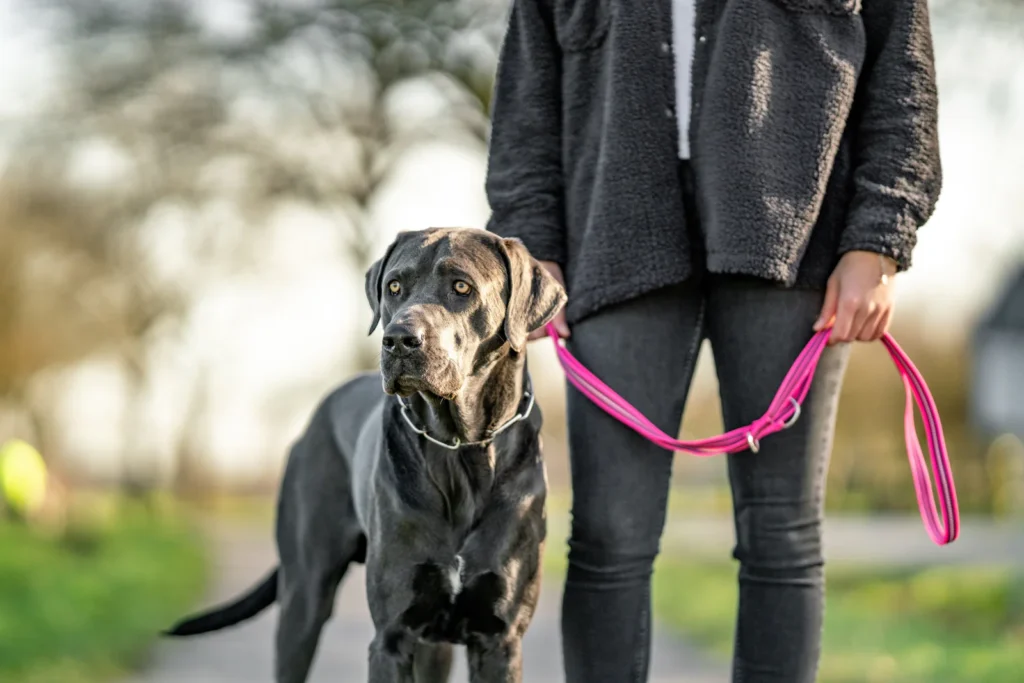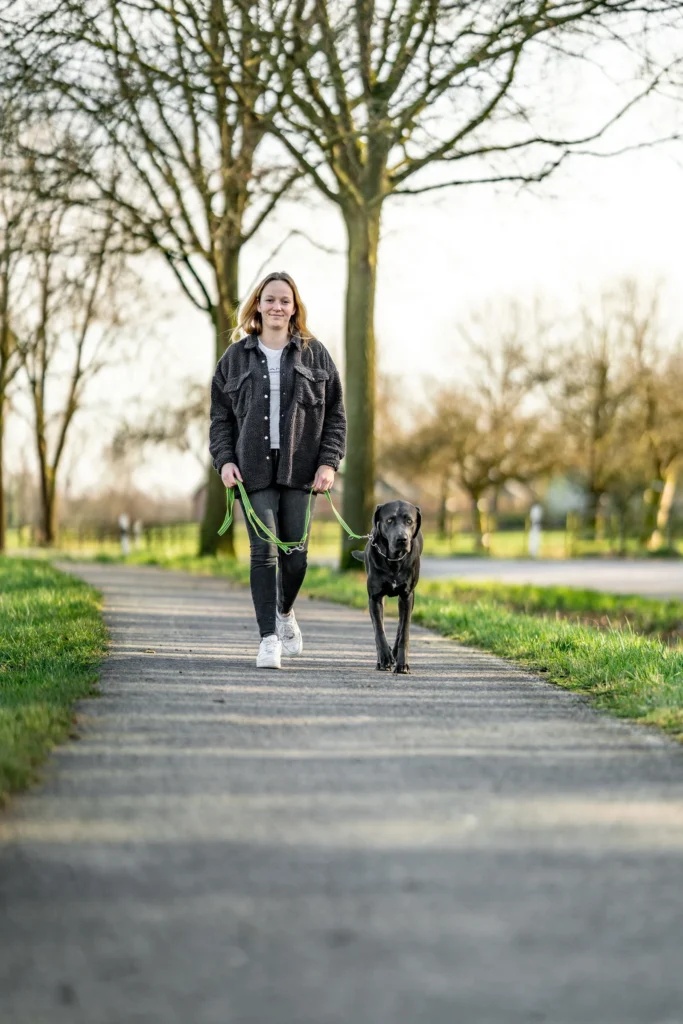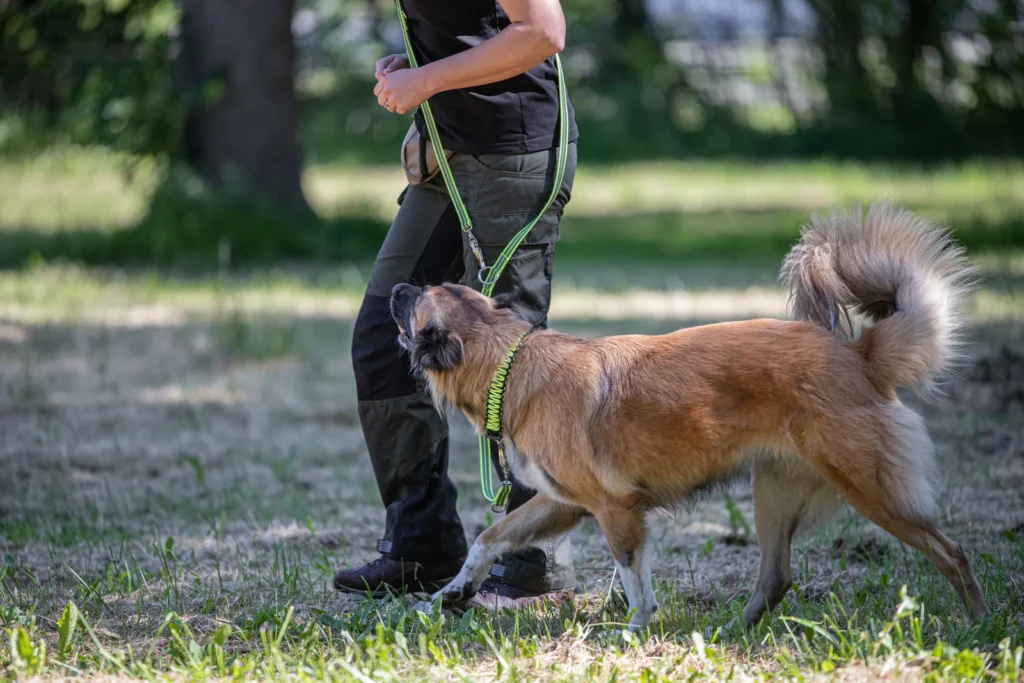When it comes to ensuring your dog’s safety and comfort during walks, one of the most important accessories to consider is a high-quality dog leash. With an array of materials, designs, and lengths available on the market, choosing the right leash can be overwhelming. However, understanding the different types of leashes and their purposes can help you make the best choice for both you and your canine companion.
Types of Dog Leashes
Dog leashes come in various styles, each designed with specific functions in mind. Some of the most common types include:
- Adjustable Dog Leashes: These leashes offer flexibility, allowing you to adjust the length to suit different walking environments.
- Leashes with Hand Straps: These leashes feature a built-in hand loop, providing added control while walking your dog.
- Leashes without Hand Straps: These minimalistic leashes provide a lightweight alternative for those who prefer a simpler design.
- Search Lines (Tracking Leashes): Ideal for training or giving your dog extra freedom while still maintaining control.
- Roll Leashes (Flexi Leashes): These retractable leashes allow you to adjust the length quickly, offering more flexibility in certain situations.
- Retriever Leads: Perfect for specific types of training, these leads offer a no-frills approach to control.
- Bungee or Elastic Leashes: Great for active dogs or those that tend to pull, these leashes absorb the shock of sudden tugs.
Choosing the Right Length for Your Dog Leash
The standard leash length typically falls between 2 meters (6.5 feet) and 2.3 meters (7.5 feet). This range is suitable for most everyday activities, offering enough slack for the dog to roam but maintaining control. If you are in need of a bit more flexibility, an adjustable leash allows you to tailor the length as needed for different environments.

Interestingly, leashes with hand straps are often non-adjustable but are preferred for their lightweight nature. Without additional rings or attachments, these leashes are simpler and easy to handle, making them a popular choice for casual walks.
If you’re looking for something more specific, many leashes come in customizable lengths, and you may even choose to have one tailor-made. Be sure to prioritize durable materials and high-quality fittings to ensure the leash is safe and long-lasting.
The Benefits of a Long Dog Leash
Longer leashes, such as tracking leashes or search lines, are particularly beneficial for dog training and provide more freedom for your pet. These leashes are often used for recall training, allowing your dog to explore without the risk of running off. They also serve as excellent tools in areas where leashes are required but you still want to allow your dog a bit of space.

Rubberized nylon is a popular material for long leashes, offering durability, comfort, and ease of cleaning. These leashes maintain a firm grip even in wet or muddy conditions, which is essential during outdoor adventures.
Material Matters: What’s the Best for Your Dog?
Dog leashes come in various materials, and each offers its unique set of advantages. The most common materials are:
- Nylon: Lightweight, strong, and weather-resistant, nylon is a popular option for everyday use and training.
- Leather: Durable and stylish, leather leashes offer a classic look, though they may require more maintenance to keep them in top condition.
- Biothane®: Known for its durability and weather resistance, Biothane® leashes are gaining popularity among dog owners who need a leash that can withstand the elements.
- Rope: More fashion-forward, rope leashes are gaining traction, especially for owners who like to add a personal touch by making their own.
When selecting a material, consider how often the leash will be used and in what conditions. For example, if your dog enjoys water activities, a rubberized nylon leash would be ideal because it’s easy to clean and remains secure even when wet.

Best Leashes for Different Situations
Different leashes are suitable for different activities. Here’s a quick guide to help you find the right leash based on your needs:
- Daily Walks: A versatile 3-way adjustable leash works well for various situations. Its ability to be customized in length and tension makes it suitable for city strolls or nature walks.
- Running or Jogging: If you like to run with your dog, you might consider a leash that allows you to attach it around your body. A 3-way adjustable leash can be worn around your waist, keeping your hands free for a smooth running experience. Alternatively, a leash with a hand strap is lighter and easy to hold while jogging.
- Puppy Leashes: While puppies are generally easier to manage due to their natural desire to stay close, a lightweight leash can still be handy, especially in busy or risky environments. Leashes without hand straps are great for puppies as they’re easy to manage without adding extra weight.
- Short Leashes: For situations where you need to keep your dog close, such as navigating crowded areas or walking in cities with strict leash laws, a short lead (typically less than 1 meter in length) is ideal. These are especially useful when your dog needs to stay within arm’s reach.

Conclusion: Choosing the Right Leash for Your Dog’s Needs
Selecting the right leash for your dog depends on various factors, including the dog’s size, behavior, and the environment where you’ll be walking. While one leash may be versatile enough for everyday walks, you might want to invest in a few different types for specific activities or training purposes. A well-fitted, high-quality leash ensures that your dog stays safe while offering you greater control, whether you’re strolling through the park, running, or in training sessions.
Ultimately, it’s about finding the perfect balance between comfort, functionality, and control. With the right leash, both you and your dog can enjoy every walk together with ease and confidence.


